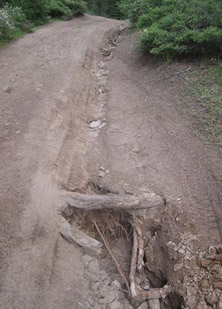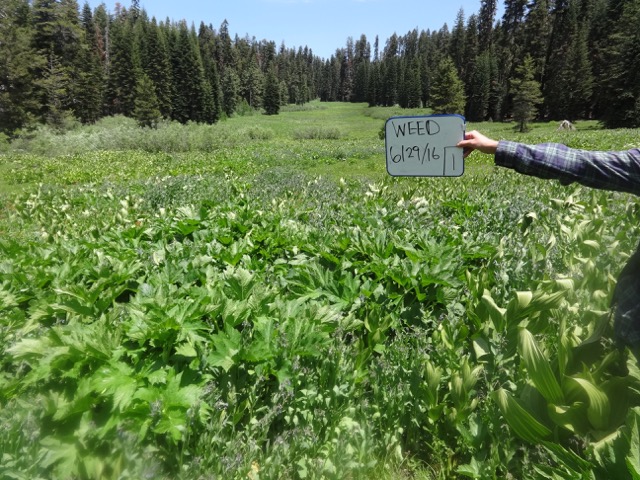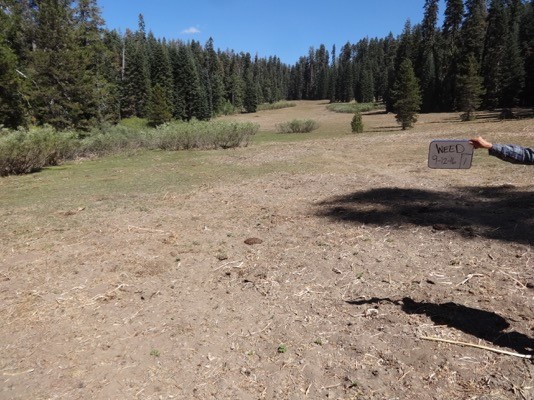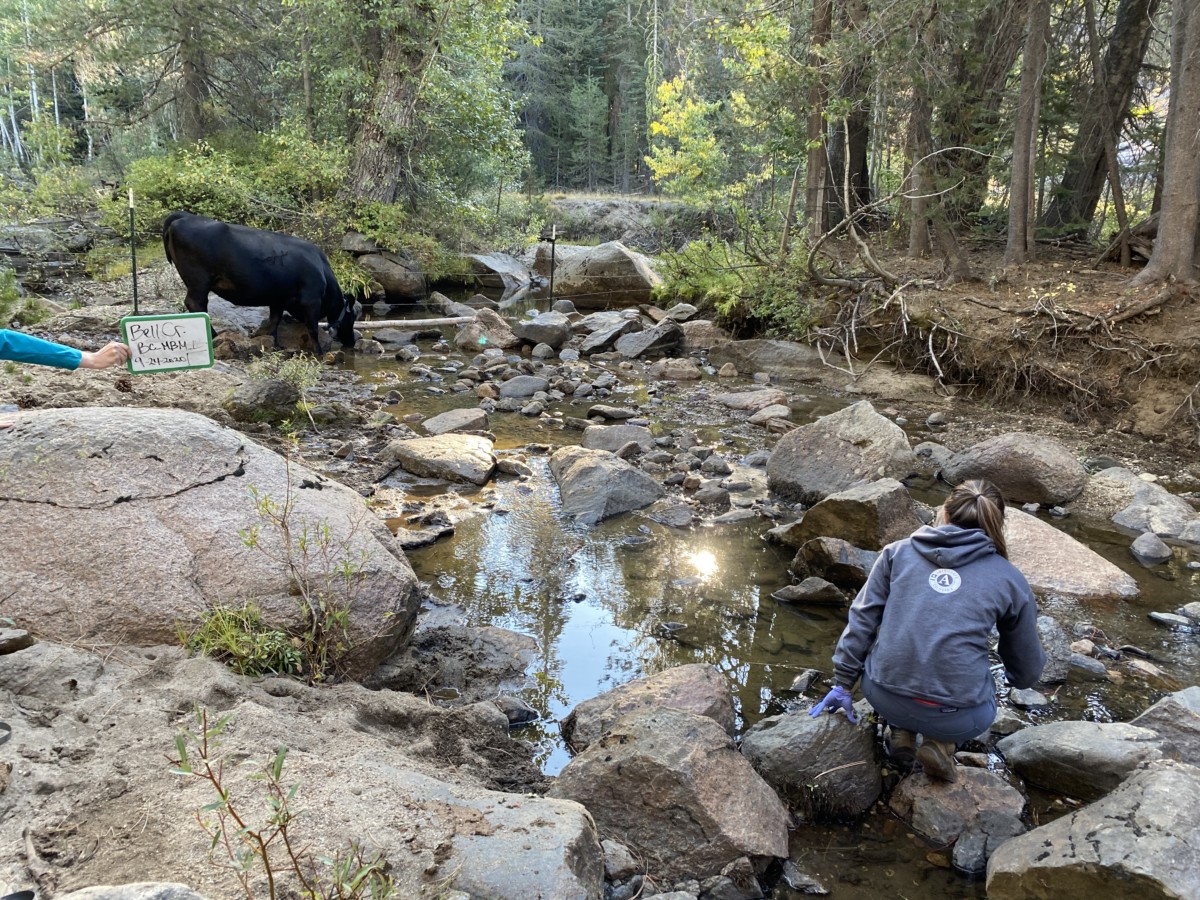
Water resources on public lands face many threats. National Forests, in particular, are mandated to be lands "of many uses." Uses such as roads, logging, and grazing can each have significant impacts on forest waters.
Roads have the single greatest impact on watersheds because new roads remove stabilizing vegetation and harden surfaces, which can dramatically increase erosion and divert water out of established channels. Similarly, bulldozing and skidding logs during timber operations result in an increase of sediment washing into streams and rivers. Herbicides, often used in timber project areas or reforestation projects, can contaminate water and leave little to no vegetation to hold soil in place. Similarly, livestock grazing increases erosion through vegetation removal and causes stream channelization, resulting in drying meadows. CSERC monitoring over decades has shown that livestock contamination of forest streams is also a consistent threat to water quality.
How does CSERC protect watersheds at risk?
While National Forests supposedly have protective measures called "best management practices" or BMPs, their enforcement and effectiveness are highly questionable based on CSERC's watchdog monitoring. BMPs are usually worded so generically and broadly that it is difficult to measure whether or not their standards are actually being met. Even for those standards that are measurable, there is consistently a lack of agency monitoring, even for so-called "mandatory" monitoring.
CSERC’s watchdog fieldwork strives to identify where there is a need for change in forest management practices or a need for wider protective buffers for streams affected by national forest projects. The Forest Service openly acknowledges that it is roughly $100 million behind in doing road maintenance that is sorely needed - just within the Stanislaus National Forest. For that and other reasons, CSERC strongly opposes any new road construction on public lands of the region, especially on steep slopes where the potential for erosion is high.
Before Grazing

After Grazing


We focus monitoring on riparian, wetland, and meadow ecosystems where grazing takes place. We document significant impacts with photographs and advocate for policies that may mitigate these impacts.
CSERC also monitors and protects downstream water quality for all the people who depend upon water that flows off national forest lands.
Other environmental issues in the Stanislaus National Forest
You can read more about Stanislaus Forest issues in general.

